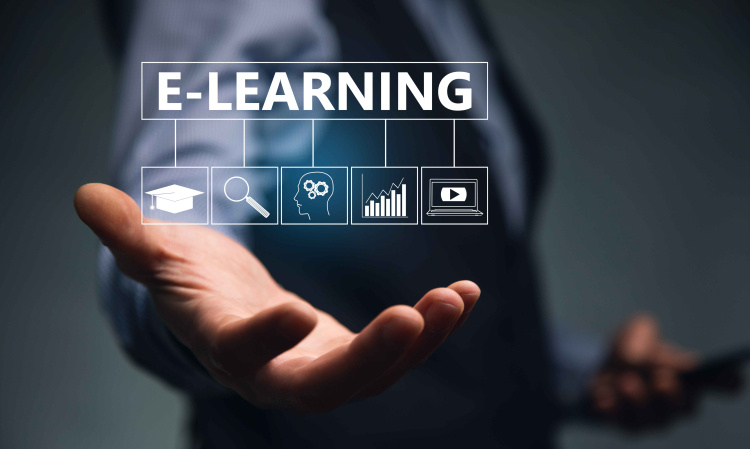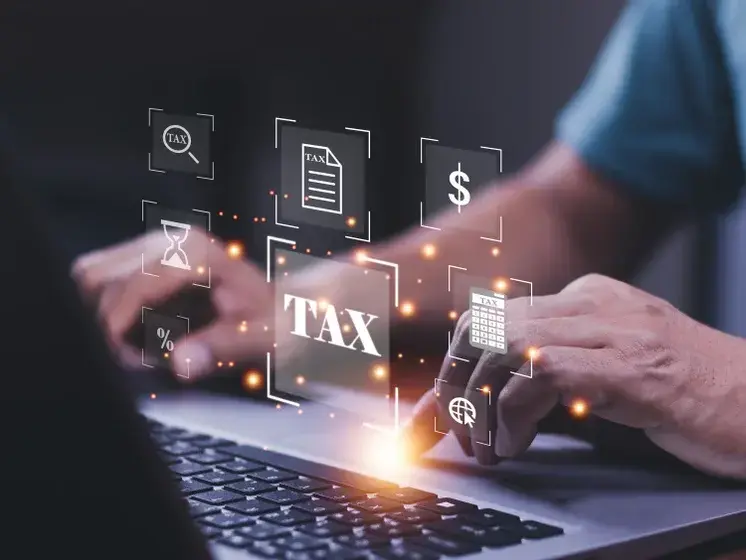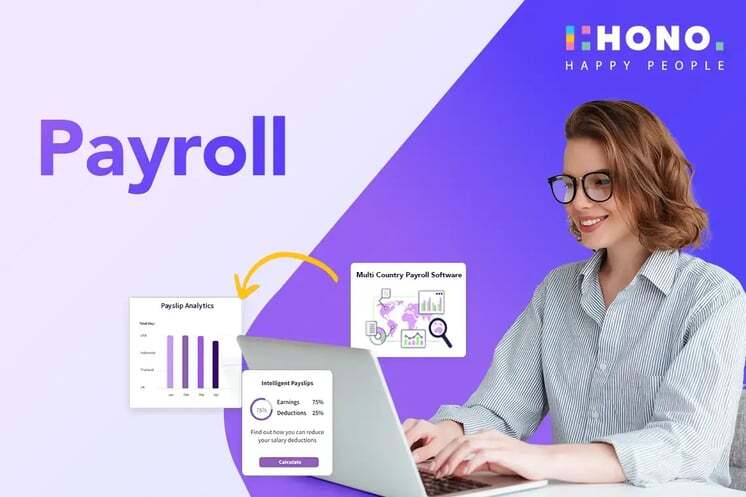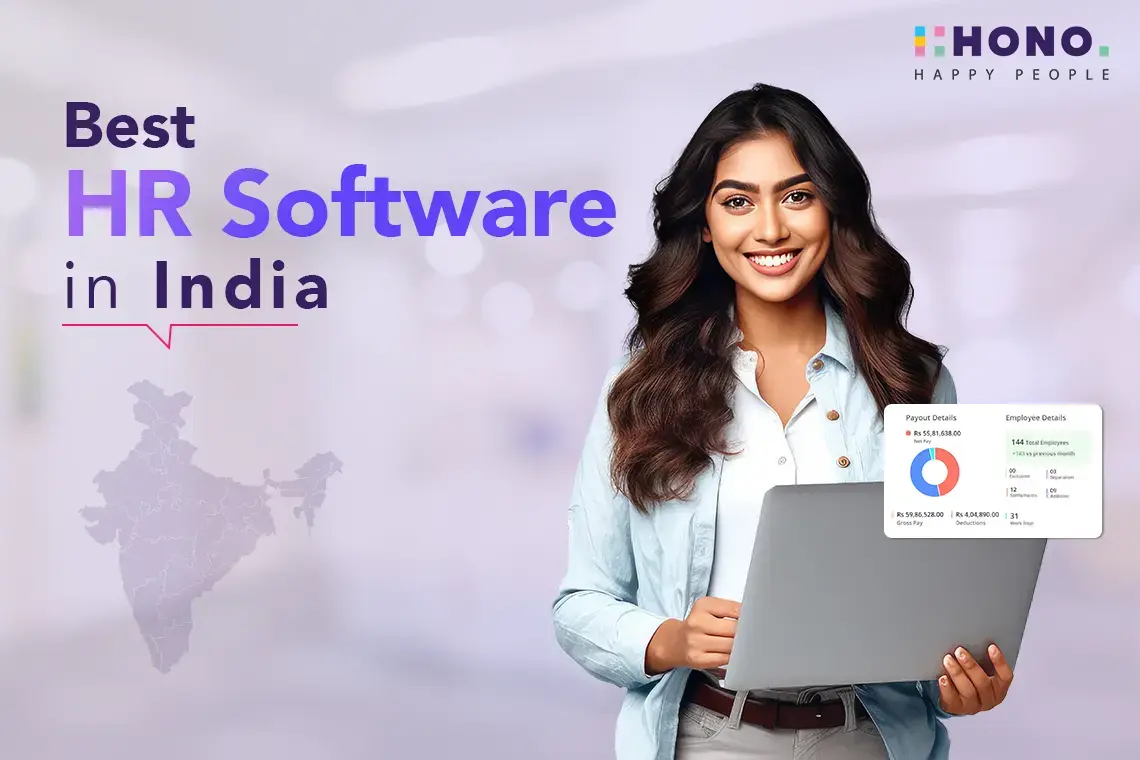Planning and Strategy for LMS Implementation
Before you implement an LMS, a thorough needs assessment is crucial to align the system with your organizational objectives. Begin by pinpointing the exact goals you aim to achieve through the LMS. Are you looking to streamline the training process, enhance learner engagement, or track progress more effectively? Understanding these goals will shape your approach to the LMS implementation. Equally important is analyzing the specific needs of your learners and instructors. Consider their technical proficiency, learning preferences, and the challenges they face in the current learning environment. This holistic understanding will ensure that the LMS implementation steps you take are tailored to truly enhance the learning experience.
Also Read: Choosing the Right LMS: Find the Best Learning Management System for Success
How to Choose the Right Learning Management System
The market is replete with LMS options, each boasting unique features and capabilities. However, the key to a successful implementation of an LMS lies in selecting a system that resonates with your organization's specific needs. Look for an LMS that offers robust customization options, allowing you to tailor the learning environment to your preferences. Scalability is another critical feature; your chosen LMS should grow with your organization, accommodating an increasing number of learners without compromising performance. User-friendliness is a must – if the system isn't intuitive for learners and instructors, engagement and adoption rates will plummet. Finally, ensure compatibility with your existing systems to avoid integration headaches down the line. Seamless data flow between systems is pivotal for a cohesive digital infrastructure.
Defining Success Metrics for LMS implementation
To truly gauge the effectiveness of your LMS implementation, establish clear and measurable success metrics from the outset. What does success look like for your organization? It might be improved learner engagement, higher course completion rates, or better performance in assessments. Whatever your criteria, ensure they are quantifiable to enable precise tracking. After you implement an LMS, it's essential to continuously monitor these metrics, collecting data on user interaction, satisfaction levels, and learning outcomes. This ongoing analysis not only demonstrates the value of your LMS implementation but also highlights areas for improvement, ensuring that the system continues to meet the evolving needs of your organization.
Also Read: Cloud LMS vs. On-Premises: Making the Right Choice
Content Development and Management
The content you deploy is the heart of the LMS implementation process. To truly harness the power of your LMS, focus on developing interactive and engaging course material. Leverage multimedia elements like videos, podcasts, and interactive quizzes to cater to different learning styles and keep learners engaged. Interactive tools such as discussion forums and live polls can foster a collaborative learning environment, encouraging learners to engage not just with the content but also with their peers. Remember, the more interactive and engaging your content, the more effectively it can meet the diverse needs of your learners during the LMS implementation steps.
Content Organization
An LMS should offer an organized and intuitive learning experience. Structure your courses and materials for easy navigation, ensuring that learners can find the content they need without frustration. Employ a clear and consistent layout across all courses. Utilize tags, categories, and a robust search functionality to help learners easily locate and access relevant materials. Effective content organization is a crucial aspect of LMS implementation, directly impacting user satisfaction and learning outcomes.
Training and Support for Learning Management System
The implementation of an LMS is not just a technical process; it also involves people. Provide comprehensive training for system administrators and course creators to ensure they are well-versed in the LMS's features and capabilities. This empowers them to utilize the system to its full potential, creating a more effective learning environment. Additionally, offers ongoing resources and support to address any questions or challenges that arise, ensuring that every stakeholder feels confident and supported throughout the LMS implementation.
Effective onboarding of learners is critical. Develop clear guides and introductory courses to familiarize learners with the LMS interface and functionalities. Establish robust support channels for learner inquiries and technical issues, ensuring that help is readily available when needed. A responsive support system not only aids in resolving issues promptly but also contributes to a positive learning experience, an essential element in the successful implementation of an LMS.
Monitoring, Evaluation, and Continuous Improvement for Learning Management System
Gathering Feedback: Feedback is a goldmine of insights, essential for refining the LMS post-implementation. Employ various methods to collect feedback from users, including surveys, interviews, and direct observations. Engage with your learners and instructors to understand their experiences, preferences, and challenges. The importance of this feedback cannot be overstated; it provides a direct line of sight into the effectiveness of your LMS implementation steps and helps identify areas for enhancement.
Evaluating System Performance and Learning Outcomes: Regularly analyze system usage patterns, learning outcomes, and user satisfaction levels. Use analytics tools provided by the LMS to track key performance indicators and gather data-driven insights. This evaluation is crucial in understanding how well the LMS is meeting your learning objectives and where it can be improved.
Iterative Improvement: A successful LMS implementation is not a one-time event but an ongoing process of improvement. Use the feedback and data you've gathered to make informed enhancements to the system. Stay abreast of the latest LMS trends and technologies to ensure your system remains current and continues to meet the evolving needs of your organization.
Reflecting on these key practices, it's clear that a successful LMS implementation goes beyond just technical setup. It's about creating engaging content, ensuring effective training and support, and committing to continuous evaluation and improvement. As you implement an HONO's LMS, embrace it as a dynamic tool that evolves with your organization's learning needs, and recognize the substantial impact a well-implemented LMS can have on your organization's learning and growth.

.png?width=70&height=70&name=Team%20HONO%20logo-01%20(1).png)







.webp)
